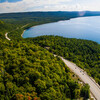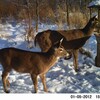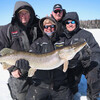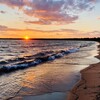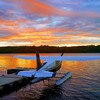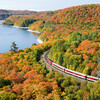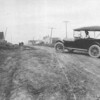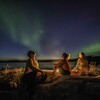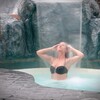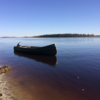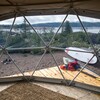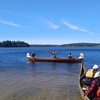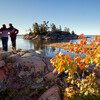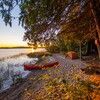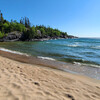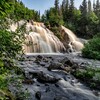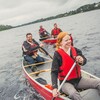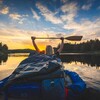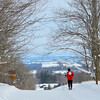
Agawa Rock: Vision Quest
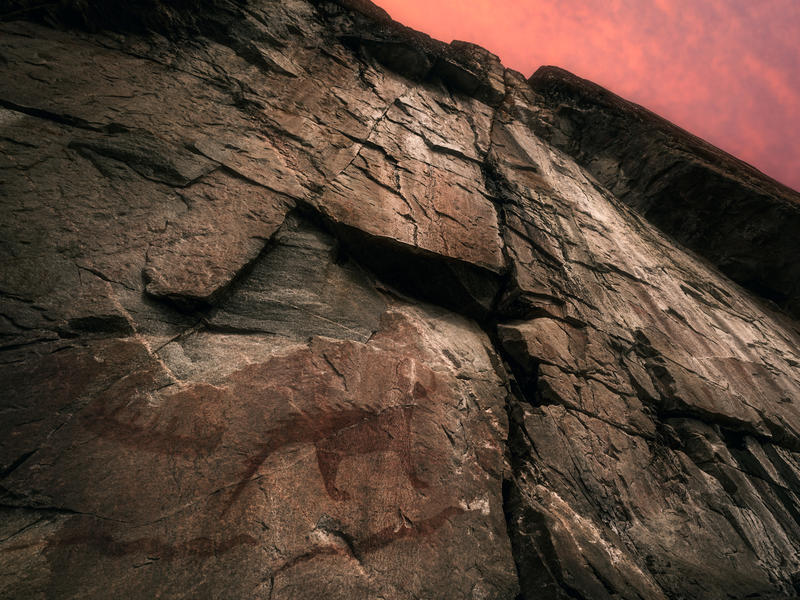
I’m standing on a narrow ledge of rock overhanging Lake Superior.
A sheer 15-story-high cliff soars above me, its crystalline granite face adorned with the most important, and most mysterious, public work of art in Canada. The silhouette of a creature at eye level peers back out. It doesn’t have eyes, but it sees me. Its eternal head is cocked to the side in curiosity, as though trying to make out whatever it is that anyone gazing upon it is also trying to fathom. A red ochre chimera, it has large feline paws, quizzical bullhorns, and the body of a dragon, with sharp spines ridging its back and tail.
Meet Mishipeshu: the Great Lynx, the Underwater Wildcat, the Fabulous Night Panther. This pictograph is an enigma that has stood here for eons. And Mishipeshu isn’t alone; there are over a hundred other images at Agawa Rock, a sacred lakeside site located in Lake Superior Provincial Park, around 150 km north of Sault Ste. Marie.
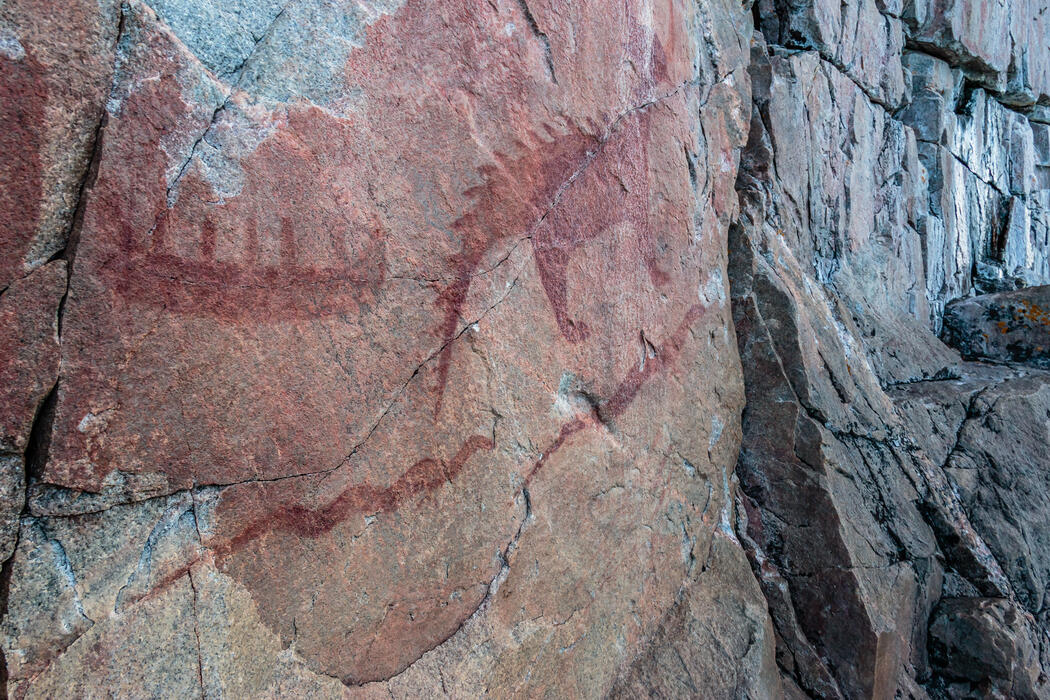
These artworks were set in stone by Ojibway spiritual leaders centuries ago, some possibly millennia ago. Nobody knows for sure. Nor can anyone say, unequivocally, what exactly they mean. They are clearly imbued with complex significance. Are they icons, palladions, mnemonics of some sort? Experts suggest that the images depict historical exploits, as well as manitous and shamanistic events related to vision quests. To make the pilgrimage to see them today is itself a kind of vision quest: a meditation on what really matters in each of our lives.
For my part, it was a trip that took me into my family's history and my own connection to the country I call home. Not only did it remind me of my capacity to feel astonished—it also brought up unexpected emotions.
Travelling here means leaving urban reality behind and entering a realm of heightened creative energy. The Algoma region of Northern Ontario also happens to be where the Group of Seven painted many of their iconic images. J.E.H. MacDonald spoke of Agawa Canyon as “the original site of the Garden of Eden.” This area is definitely filled with a dramatic sense of creation. Every turn reveals another jack pine begging to be immortalized in a painting, a landscape of Arthur Lismer colours beneath an A.Y. Jackson sky, some Lawren Harris-worthy meeting of hill, water, and treeline. You move through living Group of Seven pictures on your way to Agawa Rock.
“They set up their easels right over there, at the top of the cliff above the pictographs, looking out toward the water,” explains Rodney Elie, a traditional Ojibway doctor who is leading a spiritual retreat in the park during my visit.
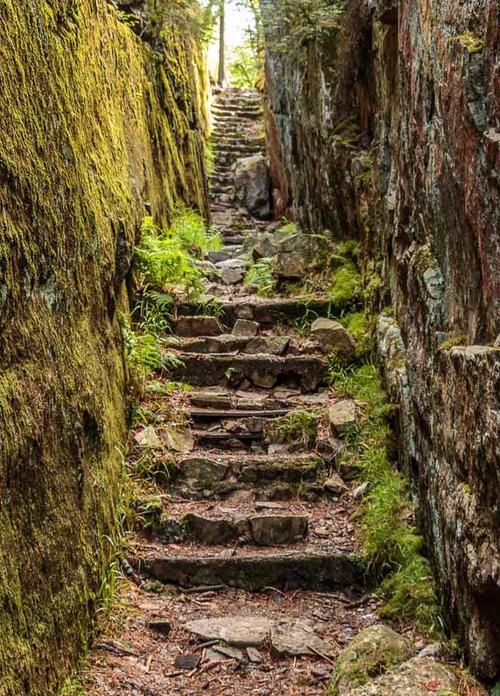
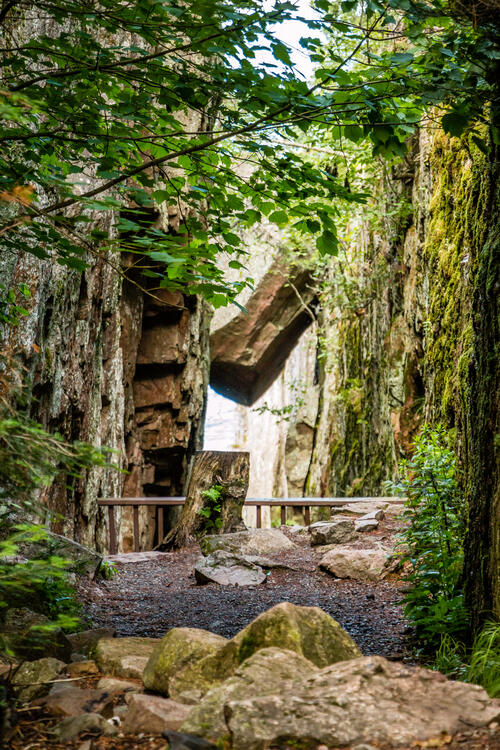
To actually view the pictographs (as opposed to painting the view from above) requires hiking down a trail through the woods. Instead of hanging a left, Elie explains, which leads up to the Group of Seven lookout, you go right and descend a steep staircase hewn into the rock. An enveloping coolness takes hold. All that shade and stone make it feel like entering the underworld.
The trek is itself a beautiful experience, especially on the calm, mossy tranquility of an early autumn day. The leaves have just started turning, and the forest floor is emblazoned with wild mushrooms and lichens. A massive lozenge-shaped boulder hovers in mid-air, trapped between two walls of an eroded crevice tapering from the clifftop down toward the lake. The whole setting is timelessness itself, an impression heightened by the fact that these geological features have been here for millions of years.
Venturing out onto the rocky ledge to view the artworks up close requires caution. A red sign warns that “Death and injury have occurred when highly unpredictable waves have washed visitors off the rock ledge while viewing the pictographs.” A metal chain is now bolted into the cliff, which can be held onto like a kind of rappelling rope. It also helps, if it’s a nice day, to take your shoes off: bare feet can grip these slippery stones better than shoes or hiking boots.
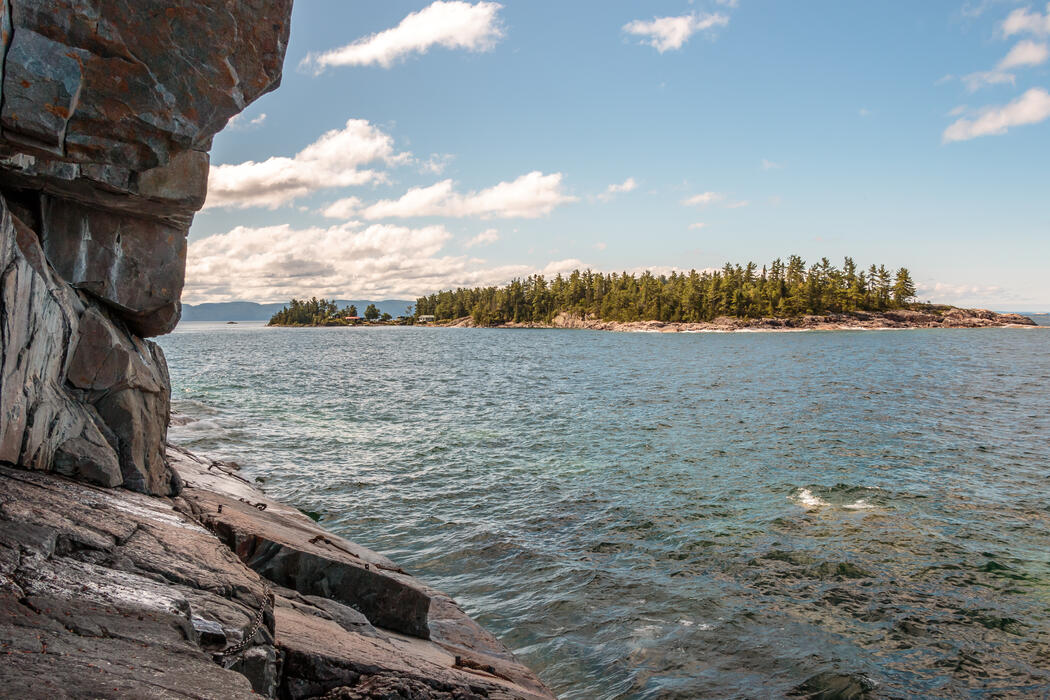
Finding Guidance
Elie recommends observing the Anishnaabe custom of offering tobacco to the mysteries. “Put some tobacco into the water with your left hand,” he advises, “while asking permission from the spirits who watch over the area to view the pictographs.” It’s as much a matter of respect as it is of safety, Elie adds. After all, Mishipeshu is the Ojibway demi-god of the waves and of sudden aquatic turbulence, the “sinister deity of swift or troubled waters,” in the words of Selwyn Dewdney, “associated with death by drowning.”
Dewdney (1909 – 1979) was “The Father of Rock Art Research,” as a sign posted at Agawa Rock points out. From 1957 until 1975, Dewdney systematically recorded hundreds of Canadian pictograph and petroglyph sites (the latter being carved or engraved or pecked rock, as opposed to the former, which are painted rock), meticulously sketching, tracing, and photographing the artworks.
It is important to note, however, that he did not “discover” these sites. The First Nations who created them have always known about their existence. Dewdney documented and wrote about them lovingly in a series of books. His research into these “images of forgotten dreams,” as he called them, required countless canoe trips through the furthest reaches of the Canadian Shield. He did so under the auspices of the department of Ethnology at the Royal Ontario Museum and Ontario’s Department of Lands and Forests. No site was more important to him than Agawa; when he passed away, his ashes were scattered here, into the sapphire depths of Lake Superior, into the jaws of Mishipeshu.
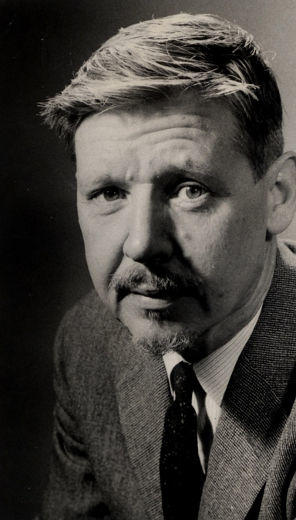
Dewdney first came to Agawa in 1958, his second summer in the field. To reach the rock, he and his crew “commandeered” a small leaky punt from a nearby dock, paddling there with a single oar, a wooden plank, and a can to bail out water. As they bobbed up to the site, all Dewdney could do was stare at the “huge animal with crested back and horned head,” as he described Mishipeshu in his diaries. “There was no mistaking him… I felt the shivers coursing my back from nape to tail… Inscription Rock! My fourteen months’ search was over.”
Getting to Agawa Rock today is a simpler matter, but the shivers Dewdney spoke of can still be felt. In my case, they seemed to be a kind of reflexive, or reflective, response to the spines rising out of Mishipeshu’s own back. When I first glimpsed the pictograph, awe-struck syllables quietly fell from my lips. The creature’s body overlaid a fissure in the stone, hinting at an ability to emanate through cracks between worlds. Approximately one metre across by one metre high, it was bigger than I expected, more imposing, imbued with palpable energy. It felt like witnessing a natural disaster—or at least something capable of bringing about a natural disaster. The painting had so much power I wondered if anything at all could be said about it.
Thor Conway has written an entire book on the subject. His Spirits on Stone describes Mishipeshu as the “ultimate metaphor for Lake Superior—powerful, mysterious and ultimately very dangerous.” Conway contends that the Agawa paintings were made “for a variety of reasons, all spiritual.” In the weeks leading up to my trip, I emailed Conway to see if he would be able to meet with me at the pictographs, to discuss their meanings. He wrote back to explain that he now lives in the mountains of B.C. It didn’t seem like anyone else could tell me more about Mishipeshu, at least not in person.
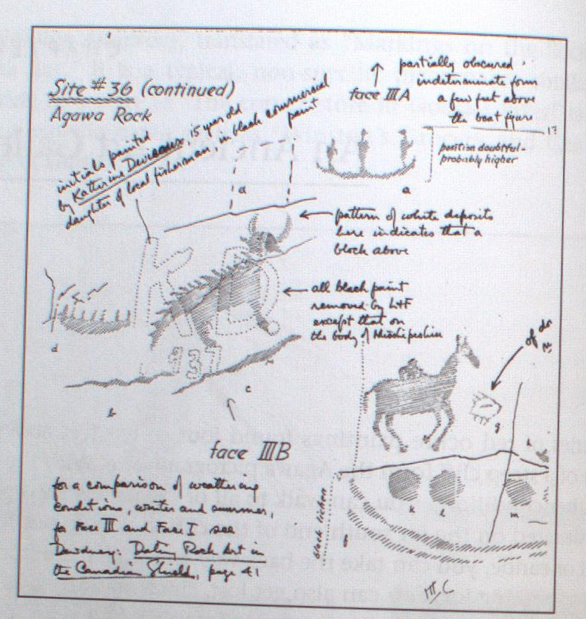
After reading these books, I contacted Elie, a Batchewana First Nation elder and knowledge keeper. “The paintings here were done by my ancestors,” he explained over the phone. “Agawa Bay is an ancient spiritual fasting ground, a powerful place for our people, a place for finding direction. The pictographs are visions painted by ancestors on vision quests.”
It turned out that Elie was planning on holding a vision fast ceremony during the same time that I’d be in Algoma. “What better place to talk about the paintings than right there next to them?” he suggested.
“What a perfect coincidence,” I exclaimed, having already booked my flight to Sault Ste. Marie.
“There’s no such thing as a coincidence,” he replied.
Origin Stories
Elie greets me at the trailhead leading to the paintings on a September afternoon. He’d instructed me to bring a bag of loose tobacco, as well as a gift, which is common courtesy when meeting with an elder. An appropriate token of esteem should be something personal, ideally something connected to one’s own culture. As a first-generation Montrealer whose father’s family came to Canada as refugees from Hungary, I’ve brought a gift of Hungarian provenance.
We start by discussing the parallels between Hungarian and Ojibway origin stories: both peoples followed mythical animals to their homelands. A white stag led the Magyar founding fathers to what is now called Hungary—and it was a megis shell that guided the Anishnaabeg westward from their former home near the Atlantic Ocean, on “the shores of the Great Salt Water in the East.” They’d been living next to the sea when, according to Ojibway scholar and writer Basil Johnson, “One day a small sea shell emerged from the waves of the great sea and hovered over the land of the Anishnabeg where it remained for a long time. It frightened the men, women, and children; puzzled the wise and learned medicine men.”
The shell levitated there in the western sky, “shining bright as a star during the day, bright as the moon during the night.”
After consulting their dreams, the community decided that the shell wanted to be followed toward the setting sun. “One legend relates that the little sea shell floated in the sky always to the westward,” Johnson wrote. “Another story says that the little sea shell appeared and hovered in the western sky only when the Anishnabeg tarried too long in one place or strayed from the true path.” As chronicled in Ojibway birchbark scrolls, their westward migratory route took them through Montreal to Boweting, as Sault Ste. Marie was then known.
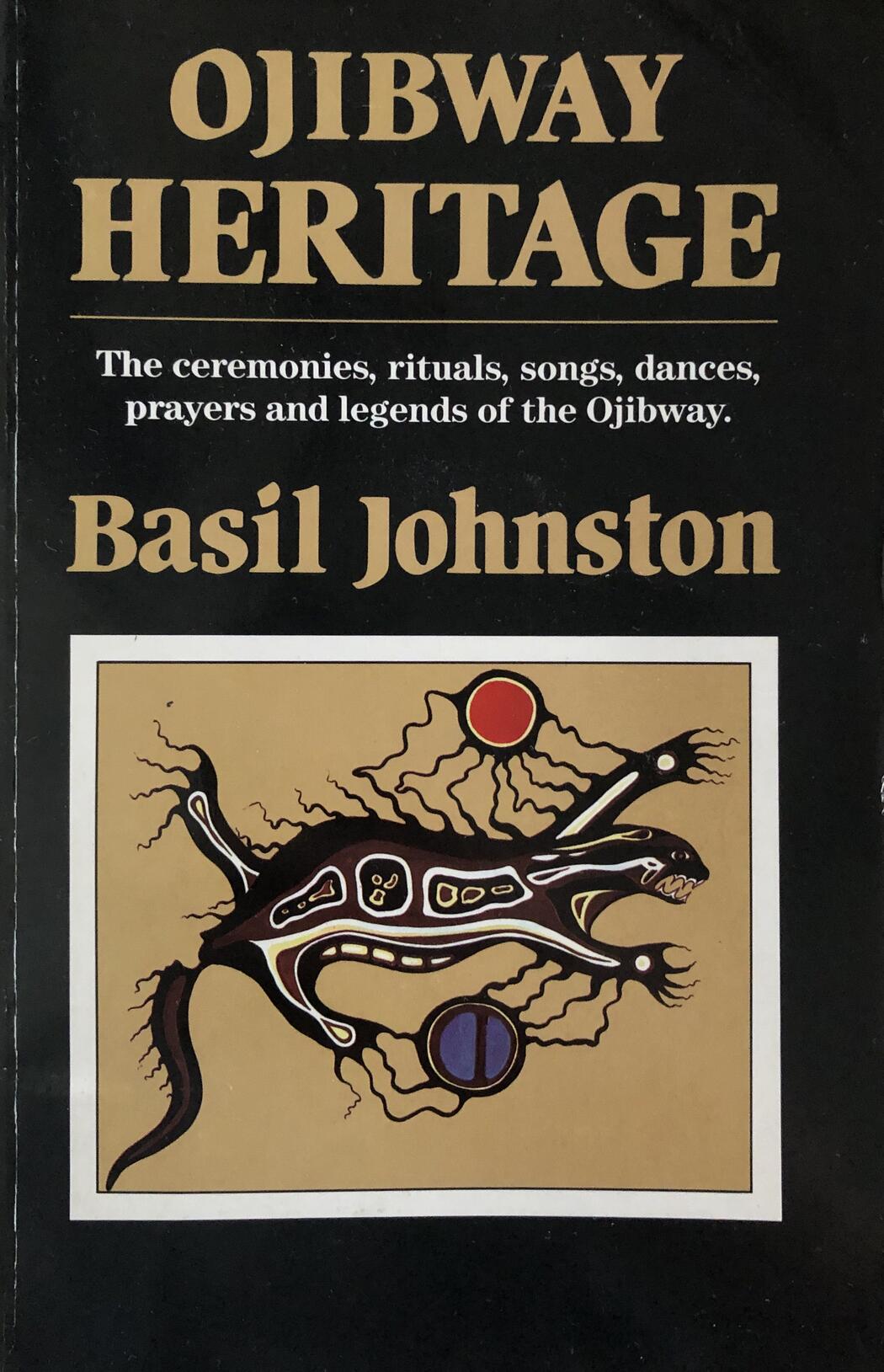
Elie explains that megis shells remain an important component for the ceremonies that he leads. He brings me inside the large tipi he and the fasters have put up for the week. A sacred fire burns in the center of the dirt floor. Beams of sunlight vector through the smoke hole at the top of the structure. Elie sprinkles some of the tobacco I brought him into the flames. It wafts up into the sky, dissipating over the silvery expanses of Gi chi Gamiing, the local name for Lake Superior. “I’m putting that tobacco into the sacred fire and asking the spirits to guide me in what I need to share with you,” he explains, taking a deep breath and sitting down on a padded camping chair.
“My grandfather Thomas Agawa was born here, into Agawa Band,” he starts. “My grandmother is from the Crane Clan. The first time I came here to see the rock art as a kid was probably around 1970. It was rough, rough terrain back then. There was no road going in there. My uncles, aunties, parents and grandparents, they all packed food. We got down there by the pictographs, made a fire. All the women cooked, right down by the pictographs. We were all sitting there, and once in a while we’d ask my grandpa, ‘Who put those there? Who put those on the rock? Who painted those?’ We were told to go talk to him. ‘How old are those? How long they been there?’”
Grandfather didn’t answer right away. The surface of the lake shimmered next to them. “He just sat there real quiet, looking at us,” Elie continues. “He had jet black hair, no grey at all, even though he was in his nineties by then. And he had these big thick eyebrows. I was kind of afraid of him, because he was old and he was stern with his words when he spoke. So we’re sitting there waiting for his answer and he said, ‘Far as I know… those been there forever.’ He meant at least four or five thousand years. Pointing at all of us sitting there, all my cousins, my brothers, my sister, he said, “The people who put them there, put them there for YOU.” And we said, ‘Oh, yeah?’ Back then we were young, just six or seven years old. We just kinda looked at him, then went climbing around on the rocks over there, you know, playing around. Little did I know that, much later on in my future—now—I’d be talking about this. That I’d be learning about them, trying to understand what they represent. That I’d be teaching them. That I’d be a traditional doctor. A knowledge keeper.”
Part of the knowledge that Elie keeps relates to vision-seeking at Agawa, a longstanding tradition here that he is helping keep alive. He cites examples from the painted rocks below. One image, consisting of four circles, represents the four days and four nights that were required for whoever painted it to receive their vision, he says. (Adults who come to fast with Elie aim for the same length: four nights on the land.) An image of a turtle scooting away references the Ojibway belief that, though turtles may be slow and wise and thoughtful in the material world, they’re the fastest creature in the spirit realm.
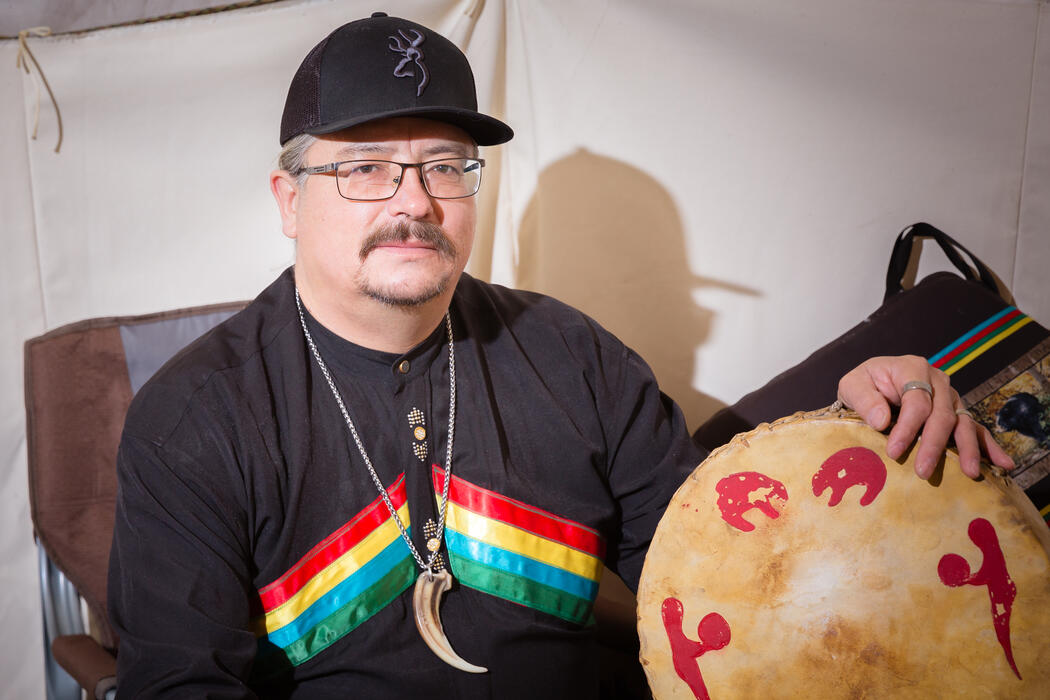
Wab Kinew, the Manitoba author and politician who traveled to Agawa to fast and seek visions (which he received successfully, as recounted in his memoir, The Reason You Walk) describes Elie as looking “the way you might expect an Anishinabe spiritual leader to look.” Wise, kind eyes behind thick spectacles, tousled hair under a well-worn baseball cap, a hunting jacket for the cool night to come. Elie says that everyone is welcome to attempt to contact him to arrange participation in a vision quest here at Agawa. There is a protocol to follow, he clarifies. “I want people to succeed, so I truly make sure that people are truly ready to take that time, because it is a big commitment.”
Elie asks if I’ve ever done a proper vision quest. I shake my head. At least not an official one, led by a healer like him. As he looks at me, I contemplate rebooking my flight home and spending the next four days and nights here.
He laughs when I share that sentiment, and invites me to join them—if not now, then in the springtime. “In our teachings, we need to go out on the land at least twice a year and let go of the negative energy that we carry as humans,” he says. “The land absorbs that because it’s all pure and positive energy. We’re the only things in this creation that carry negativity. Everything else created or made in the natural world is pure and positive energy, whether it be the smallest insect, rocks, trees, birds, four-leggeds. Just by being out there, all our negative energy is absorbed. That’s what we’re doing here.”
People of all ages and backgrounds come to Agawa to fast under Elie’s guidance, including Ojibway children connecting with their heritage. “Young ones come here to learn who they are, in this place of understanding,” he explains. “They go out on the land and they spend one day and one night. We sweat first, in the sweat lodge. It cleanses our being, our physical being and the spirit. Then we go out to the spot they choose and make a cedar circle, and the individual sits in that circle, with tobacco. They talk to the spirits. Every spirit that comes to visit them—whether it be an animal, birds, the wind, trees, the weather—everything has significance. There’s a meaning for each and every thing.”
Elie’s role is to translate those messages in nature, particularly in the case of “visitations from those animals,” as he puts it. Whether it be a cougar, wolf, eagle, or an entity like Mishipeshu, Elie interprets each encounter for the fasters. “It brings definition to exactly what they’re going through in their life at that point,” he says. “It brings understanding. It allows them connect with their own spirit within their being. They come to understand that there is more to life than this physical realm. There’s a spiritual part. It’s out there. This is where they learn about that.”
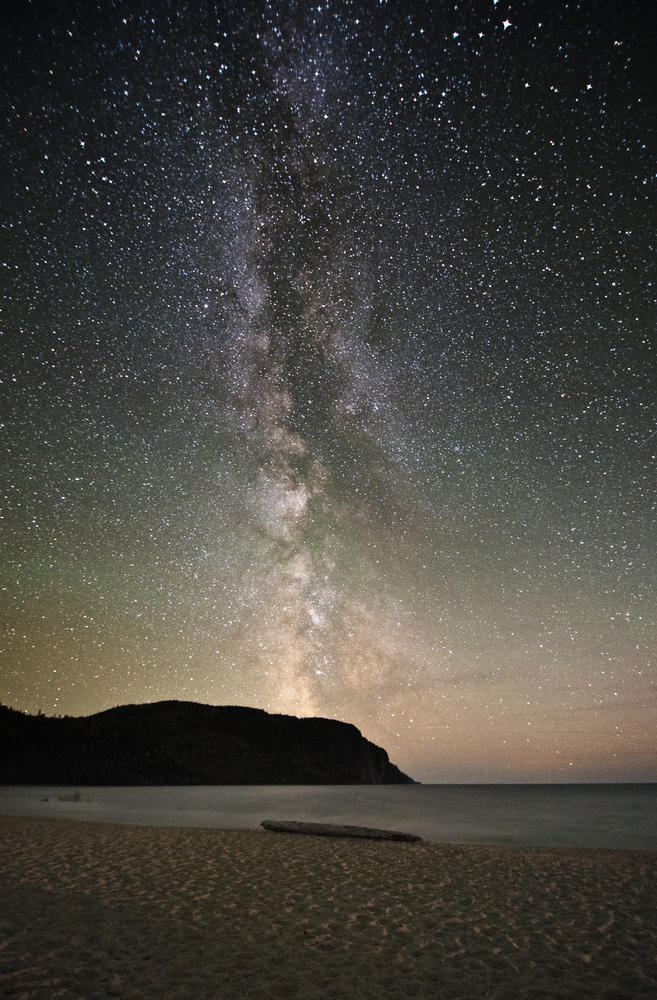
The force of the dark
The experience of being exposed in nature overnight isn’t easy, Elie makes sure to emphasize. Besides the discomfort and the hunger, the primary emotion is one of fear. “You feel the blood pumping through your heart,” he says, eyes widening. “You need to feel that in your mind, imagine it, hold it, try to hear it.”
His description of the intensity of being on the land reminds me of the fact that I’d been the only guest at my hotel the night before. The receptionist explained that someone would be on duty until 9 pm, after which I would be the sole person on the sprawling property, which happened to be a spectacular location overlooking Lake Superior. Before going to sleep, watching the sparkle of moonlight on the waves, I couldn’t help making out the shapes of what seemed to be two enormous serpents undulating through the water.
And then, lying in bed with the lights off, I was shaken by heavy breathing sounds outside my door. Just a bear grunting, I tried to reassure myself. Strange cries pierced through the night. A while later came the sound of hooves trotting up to my room—like a horse, but it must have been a deer, or moose. At the time I wasn’t so sure. Then there were other noises, harder to pinpoint, harder to process.
Our rational minds can justify most things, but the fact is: we respond to the unknown in irrational ways. Our unconscious takes over. Although it feels silly to admit it, I shivered in terror under my covers. At a certain sleepless point, I turned on the light to read and came across a Basil Johnson passage describing a young man on a vision quest: “He could think only of the force of the dark and the depth of the silence and the edge of every sound in the stillness… A flutter of wings in the dark startled him and sent chills down his spine… There were more sounds: beetles and crickets and frogs and other night creatures… He could hear everything; see nothing. If only he could see, he would not be so afraid.”
That fear, Elie says, is a central part of the vision quest experience—and the pictographs represent the sort of visions that come to those who are fasting in the wilderness. “Those paintings are helpers that support the fasters,” he continues. “The fasters are going out there looking for that direction in life. They receive that from our ancestors, those spirits, those very ancient spirits out here, those ones that painted on those rocks, those ones that wander these bushes, those ones that are connected with the fire and with all creation.”
A visionary people
Elie teaches those who come here to fast about how visionary his Ojibway ancestors were. “That’s something to be very proud of,” he says. “We’re a people who were so visionary that the government was afraid of us. They were so afraid of us that they outlawed our people from practicing our own culture—because of our visions that we had. Five thousand years ago, someone painted that on that rock, and put it there for us, to be able to help our children today. A lot of our children now, you see them downtown, they don’t know who they are. They’ve lost their identity. They don’t have their spirit name. They don’t know their clan. Along with clan comes a sense of belonging. Along with your spirit name, there’s self-esteem, that you are somebody. Our people are so visionary that that gift runs within each and every one of them. They just need to work toward that.”
The primary way of working toward that gift, Elie clarifies, is by helping others. “We understand life to be a materialistic challenge in white society,” he says. “But the First Nations belief is that life is about helping one another, as a people. Just imagine if we helped each other how good life could be. That’s what our understanding is. We’re supposed to live that each and every day. It’s a hard thing to do. But that’s what we’re ultimately here for, on this plane in our existence.”
One of the most powerful elements of Elie’s teachings is his conviction that fasting and vision-questing can help undo the intergenerational trauma and cycles of abuse stemming from residential schools. “Once you visit the pictographs, they become embedded in your mind,” he says. “They show that our culture is beautiful, that we have so much to offer to the world. Many of us may be struggling with abuse and addiction issues, but that’s not who we are as a people. Our people are a very, very powerful and beautiful people. And these pictures that were painted here by our ancestors were a gift from Creator.
“We have to keep ourselves as pure as we can so those messages can enter into us, and filter through us, and then eventually come out through our heart. We have to be able to connect our mind to our heart. We have to accept that the spirit world exists—and it does exist—and we have to be able to say it, and that’s through the heart. A lot of us haven’t made that journey yet, from our mind to our heart. In our understanding, the language of the heart is where your spirit lives, and the language of the heart is truth.”
A young man enters the tipi and announces that Elie is needed at the sweat lodge to begin the fasting ceremony. In closing, Elie returns to his grandfather’s words, the first time he came down to Agawa Rock. “Like my grandpa said: They were put there for YOU. As a little kid looking at them, I was like, ‘What does that mean,’ you know? But now I understand that they were put here for me to help. Those pictographs are teaching us about our clans, about vision quests, about fasting, about what we need to do to respect ourselves. They do more than tell the story of our creation, the story of our journey and our lives. They’re there to help our people, our young ones, to help them find their identity. That help was needed, and is needed, within our communities. I’ll do this for the rest of my life. I’ll never stop. Far as I’m still breathing, I’ll still be coming here.”
Before we part, Elie shows me a reproduction of a painting from the cliffside below. It consists of two drummer spirits facing each other over a quartz vein running through the rock. “Quartz is used to make mirrors,” Elie explains. “The person who painted it on that rock 5,000 years ago didn’t know nothing about a mirror. But what this picture depicts is: this is the place where you come to look at yourself. A mirror-image of yourself. Finding out what your direction is in life, finding out answers that you need.”
His description recalls my first impression of Mishipeshu: that the creature is gazing out at us as we gaze in upon on it. Mishipeshu also has a white, quartz-like bolt of calcite running straight through its head. A mind hit by light, an irruption between dimensions, just a coincidence? “There’s no such thing as a coincidence,” as Elie puts it. Every person who comes here can find the meaning they’re after. Agawa is a deeply emotional place, made for reflection; a rock of mirrors.
Back down at the pictographs, I stand face to face one last time with the Underwater Panther. The whole overhang itself is sequined with mineral particles glittering in the sunlight. There’s something blinding about the painting of Mishipeshu. Your eyes can’t seem to fully process what they’re seeing. You can only look out in the same sightless way that Mishipeshu is looking in at you. Quartz veins. Red ochre. The colour of sunlight through closed eyelids. For a moment I can see both of us there, as though from a great distance. I am barefoot on a narrow ledge of rock, working on a vision. And a vision is working on me.
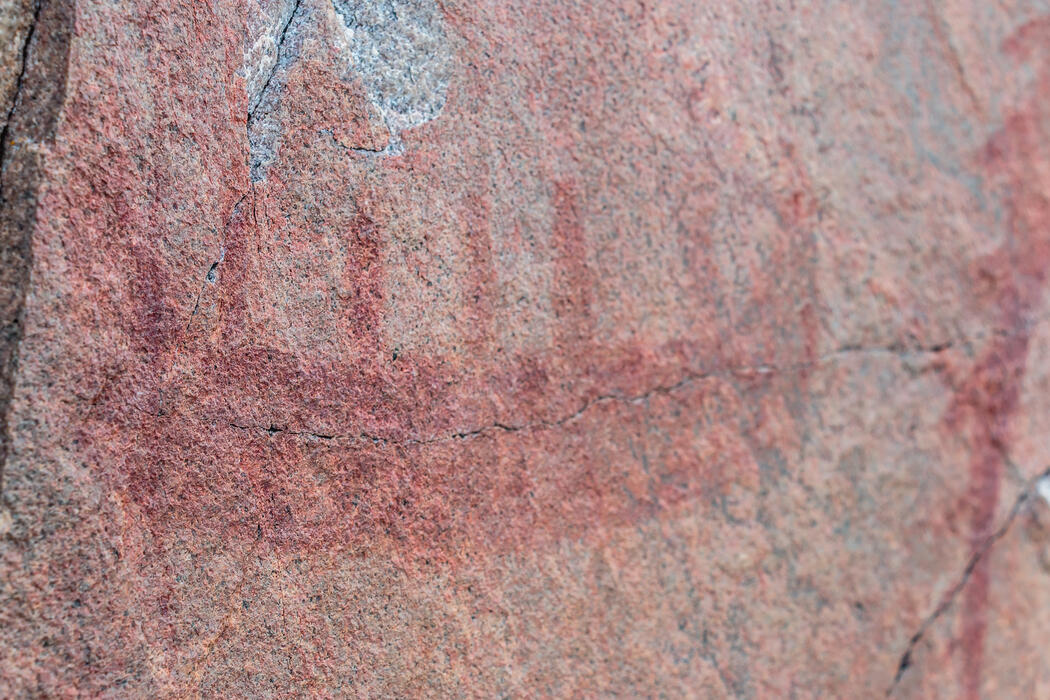
WHERE TO STAY
This lakeside voyageur-themed motel taps in to Lake Superior’s past role in the fur trading route. The Cookhouse serves on-theme meals (think tourtiere, baked beans, bannock, Three Sisters Soup.) Their trading post also sells smoked lake trout and whitefish.
ON-17, Batchawana Bay, ON P0S 1A0
705-882-2504
Lake Shore Salzburger Hof Resort
This charming lakeside resort is located not far from the Agawa Rock site and serves authentic Austrian-German cuisine with locally sourced produce and meats. If you’re looking for schnitzel with a pilsner, this is the place for it.
289 Corbeil Point Rd, Batchawana Bay, ON P0S 1A0
705-882-2323
Fairfield Inn & Suites
A convenient place to stay in Sault Ste. Marie when preparing for a road trip up into Lake Superior Provincial Park and the northern reaches of Algoma.
633 Great Northern Rd, Sault Ste. Marie, ON P6B 5A1
705-253-7378
Recommended Articles
Northern Ontario’s Most Unique Stays

U-Pick Berries and Fruit in Northern Ontario

The Best Ice Cream in Northern Ontario: Where to Go This Summer

Fueling the Adventure: A Sweet Butter Tart Road Trip Through Northern Ontario
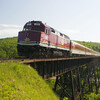
Top 10 Things To Do in Northern Ontario
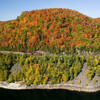
See the Leaves Change: Fall Colour Report Ontario 2025
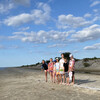
7 Amazing Northern Ontario Islands You Must Visit
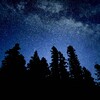
6 Dark Sky Preserves in Ontario

Best Vinyl Record Stores Ontario (That aren't in the GTA)
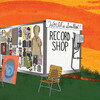
The World's Smallest Record Store Is Not Where You'd Expect
The Northern Ontario Beer Trail: 8 Essential Stops For Beer Lovers

12 Times TikTok Was So Northern Ontario
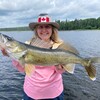
7 Species Worth Fishing for in Ontario
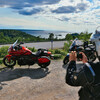
10 Sights To See By Motorcycle In Northern Ontario
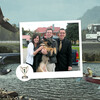
A Road Trip to Red Lake
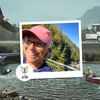
The Eagle

Pride Events in Northern Ontario 2025
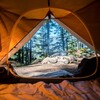
How to Book a Campsite in Ontario
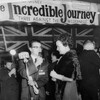
9 Films About Northern Ontario You Have To Watch
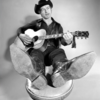
7 Stompin’ Tom Connors Songs About Northern Ontario

17 Amazing (and Random) Vintage Ontario Tourism Ads That Will Definitely Make You Want to Travel This Summer
